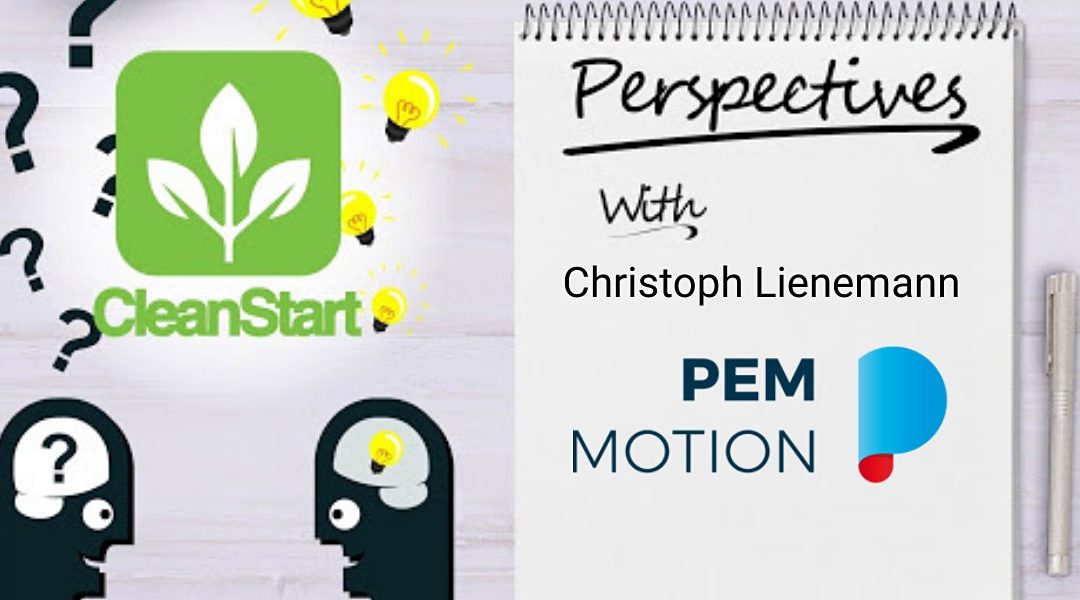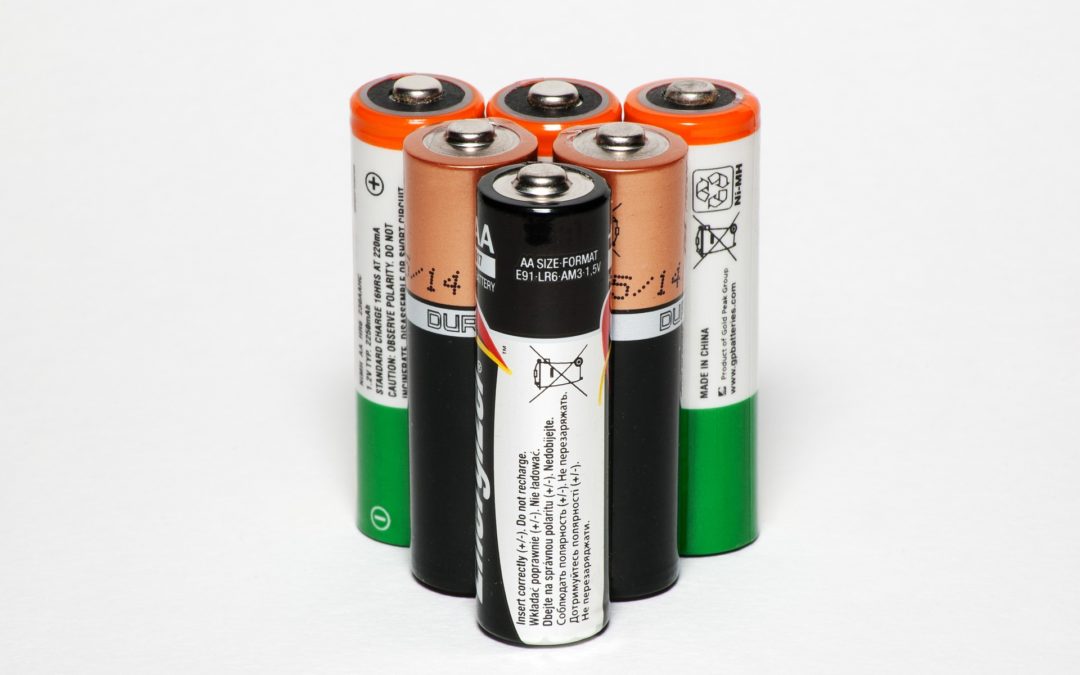If you were ever curious about the new ways utilities may be relating to their customers now and in the future, a great way to get a quick introduction is to watch the video of this outstanding discussion on the topic we did on December 3. It was probably the most informative MeetUp we have had, and one of the most popular with 46 people attending. If you missed it, you can view the recording on our YouTube Channel and below.
We had three outstanding speakers. Dr. Karen Herter started things off by reviewing her experiments on getting amazing demand reductions using clever communications technology and instantaneous information on the changing prices of electricity. She had done one experiment piggybacking a signal on the FM broadcast of local Capital Radio. Another used a small in-home receiver. But that was a minor part of what she found out. She had customers use a number of interactive thermostats and pre-cooling settings to see what those customers considered the best combination of features and ease of use. With the best system there were astonishing cost savings and demand reduction, far more than Time of Day rates had achieved. She is on loan to the CEC to help them devise the best strategies for applying her work. The key she indicated was getting a much better database of rates and communication protocols with standardization so that more vendors of energy-saving equipment can rely on that information to control their devices.
Tanya Barham of the Community Energy Lab in Oregon talked about her experience, borne out of various companies she had worked for previously, in finding simple systems to apply AI control to reduce energy use and costs in schools, churches and municipal buildings. She sees this expanding to become part of the strategy for decarbonizing buildings. She agreed that the kind of database work Dr. Herter was doing was absolutely essential to provide wider applications of user-based demand reductions. In her work, she was seeing a two-month payback on investments made in simple software systems and sensors to manage building energy use.
Ryan Braas of SMUD introduced us to the SMUD Energy Store, an initiative that is showing great results in getting energy-saving devices in the hands of users through an online store. SMUD is continuing to expand its offerings on the Store site, but one of the most popular features, Ryan said, was the “Instant Rebate”. While utilities across the country offer rebates to customers purchasing various energy-saving devices, often a great deal of paperwork and wait time is needed to actually get the money—fill out a form, mail it in with a copy of the receipt for the device and a copy of a recent bill to verify one is a customer of the utility, wait for the request to be entered into the system at the utility and 30-60 day later a check arrives in the mail. With the Energy Store, the rebate is taken immediately and deducted from the price of the device. The user is already verified as a customer and the proof of purchase is inherent as a part of the process. So bingo no wait, no extra paperwork. This is a great example of a utility establishing an entirely new relationship with its customers, one the customers end up valuing highly. If you are SMUD customer and haven’t visited the Energy Store you should. Go the the Smud.org site and find it.
The three presentations were followed by a lively Q&A, and more importantly, the audience used the Chat Room function to ask questions and get answers there as well. This is really becoming a very useful way to inform our cleantech community. If you haven’t attended one of these monthly sessions, you really should. We clearly are getting people far from our home territory participating, and that is making it all the better.







